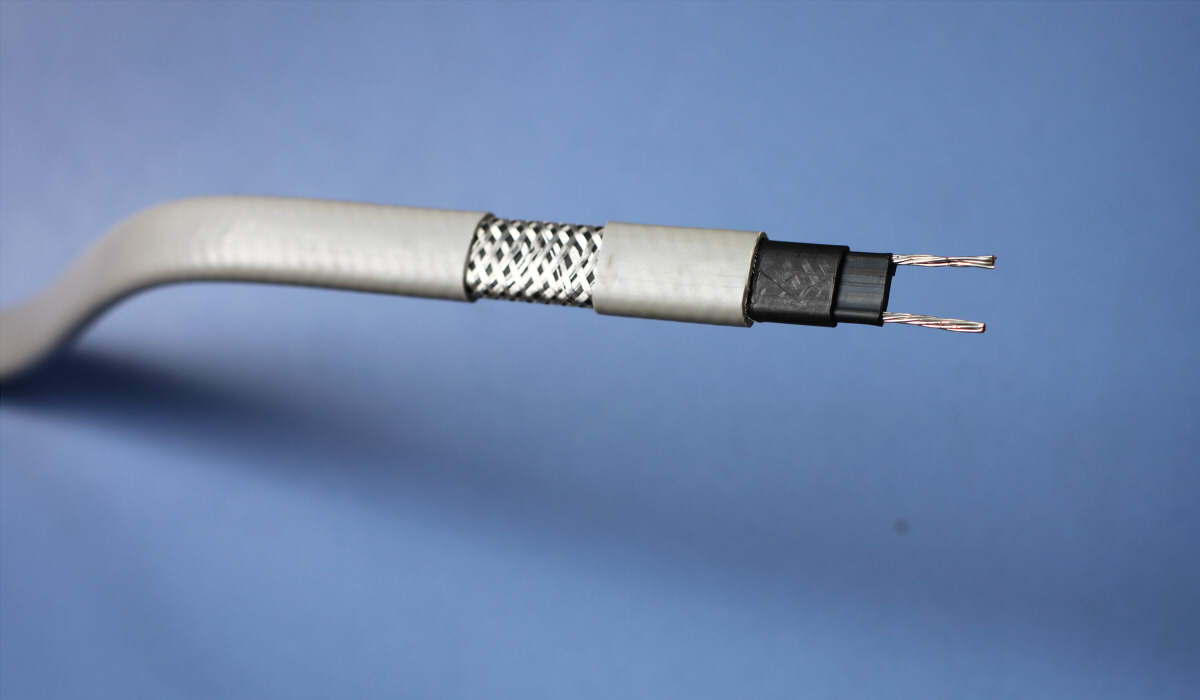Heating cables are a type of cable capable of generating thermal energy. They are widely used in various areas such as construction, agriculture, chemical and electrical energy. In this article, ZMS will introduce you to the principles, types, applications and advantages of heating cables.
Composition and Principle of Heating Cables
The structure of the heating cable is generally composed of a resistive body, an insulating layer, an outer shell and a connection head. Its heating principle is based on the generation of heat through the electric current that flows through the resistive body of the cable., which causes the production of thermal energy.
The resistive body is the most important part of the heating cable.. It is achieved by forming a conductive material into a certain shape.. When electric current flows through the resistive body, it produces heat due to its electrical resistance effect. The resistive bodies of heating cables are generally made of electrical alloy wire., copper, nickel and chromium alloys, among others electrical materials.
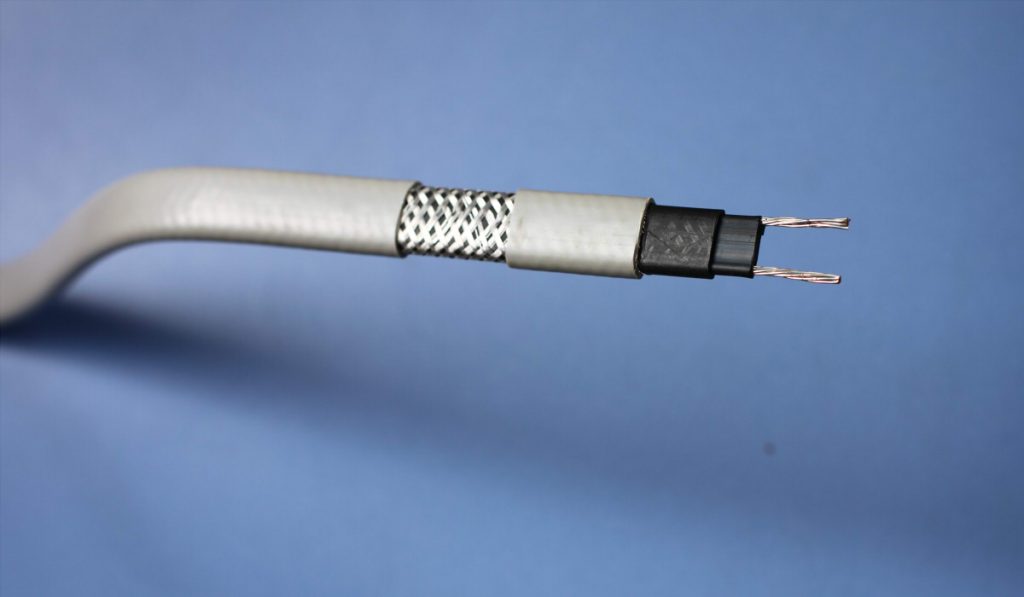
In geothermal systems, heating cable connects to cold cable through a watertight junction box. Once connected, electric current flows through the heating cable, converting into thermal energy and radiating outward. Thermal energy is absorbed by the cement layer and transmitted through conduction and radiation to heat objects and air inside the room.. The power is around 18W per meter.
Unlike ordinary electrical cables, heating cables must produce a certain amount of heat in their normal operating state. To prevent overheating of the heating cable, installs a temperature sensor on the outer layer of the cable to monitor the temperature of the cable in real time. Besides, the temperature and power of use of the heating cable should also be adjusted according to specific needs.
Types of Heating Cables
Heating temperature
Heating cables can be divided into three types according to the heating temperature: baja, medium and high. Usually, heating cables can reach 65℃, while those used for space heating have a temperature of around 20℃. The heat resistant temperature of heating cables is 105℃ and can reach 205℃ when using fluorinated plastic coating materials.
Cable Power
According to the type of power, heating cables are divided into constant power cables, serial cables and self-regulating cables. Constant power cables have a fixed resistance and, Thus, generate a constant heat output per meter. They are used in applications that require a uniform and high temperature, like pipe heating, tanks or hoppers.
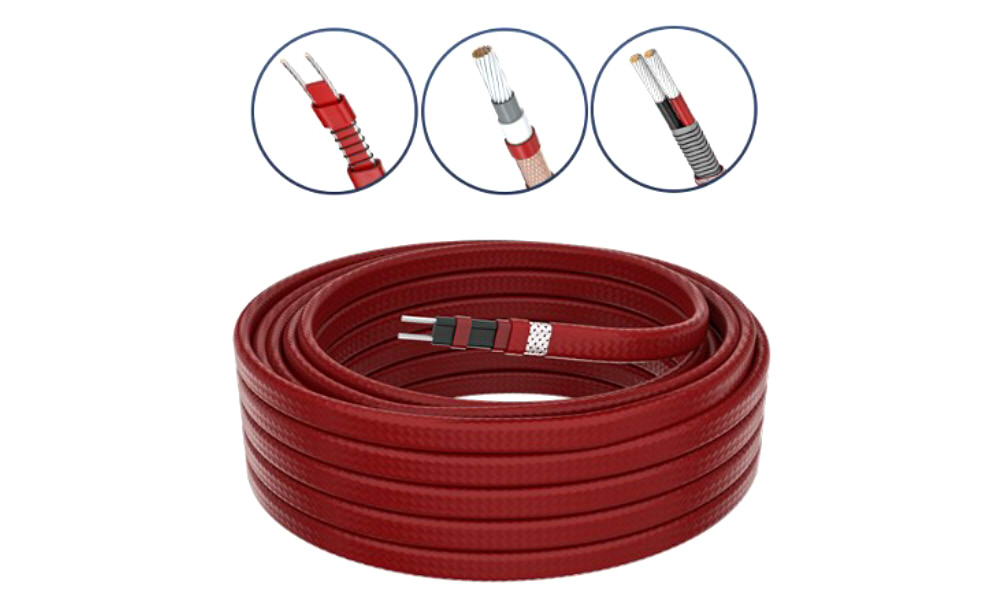
Serial cables are cables with variable resistance., designed for a specific length and connected in series to a power source. They are used in applications that require a moderate and variable temperature, how to remove ice from roofs, gutters or ramps.
Self-regulating cables are cables that automatically adjust output power based on ambient temperature. They are used in applications that require a lower break-in temperature, as the prevention of freezing in pipes, valves or taps.
Material and Environment
Besides, heating cables can also be classified according to the material and the application environment. Its material can be a heating alloy, a PTC heating element, a carbon fiber heating element, among others. according to environmental requirements, can be divided into high temperature resistant cables, UV resistant, flame retardants, halogen free, etc.
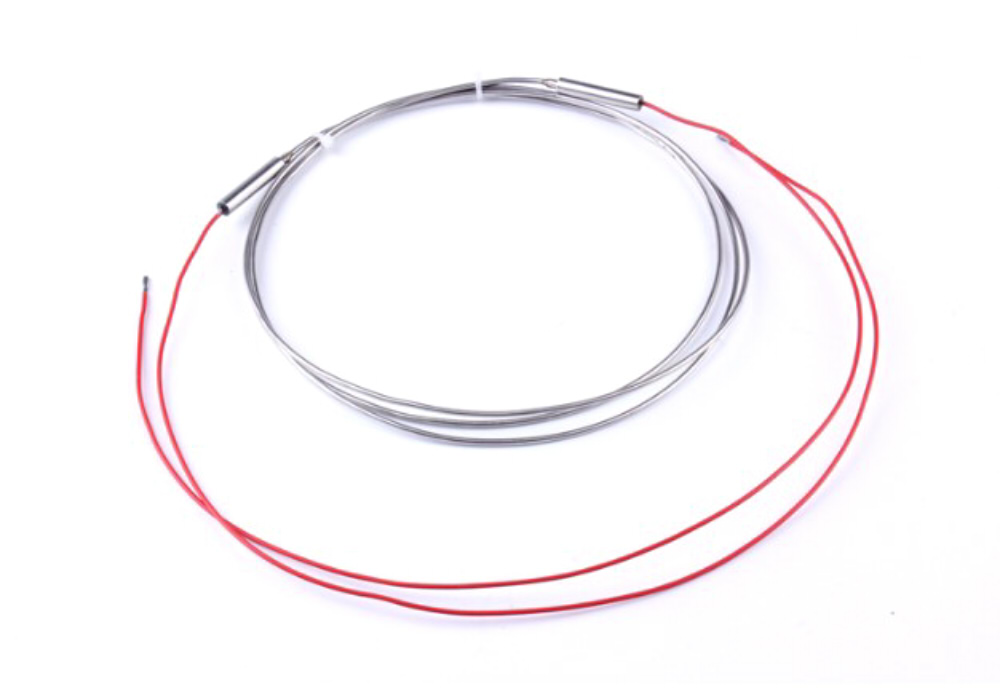
Application of Heating Cables
In aerial applications, heating cables can be used for heating overhead pipes (for fire protection, industrial fluids, etc.), tank heating, roof defrosting, among others. Regarding terrestrial environments, heating cables can be used for underfloor heating, de-icing and de-icing of roads, buried pipe heating, among others. Heating cables can also be used for heating swimming pools, aquariums, freezing prevention of water sources, as well as for the prevention of freezing and thermal insulation of pipelines or underwater installations.
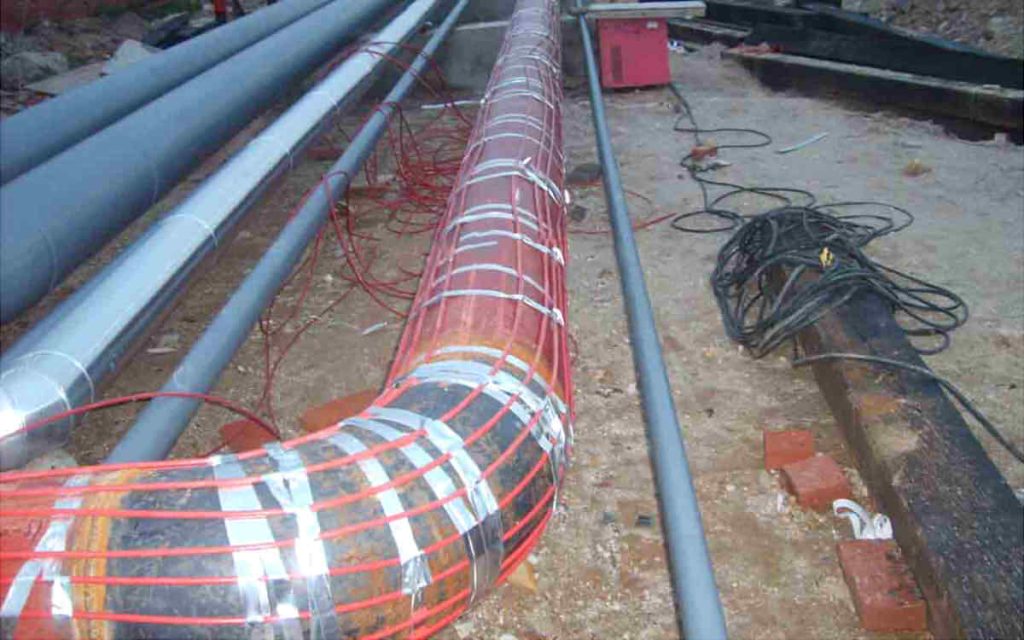
in industrial applications, heating cables are used to prevent solidification, crystallization or viscosity of liquids such as water, oil, gas or chemicals in pipelines, oil tanks or industrial processes. In terms of security, heating cables are used to prevent the formation of ice or snow on surfaces such as roads, bridges, runways or escalators. in homes, heating cables can be used for floor heating, anti-fog mirrors or electric blankets.
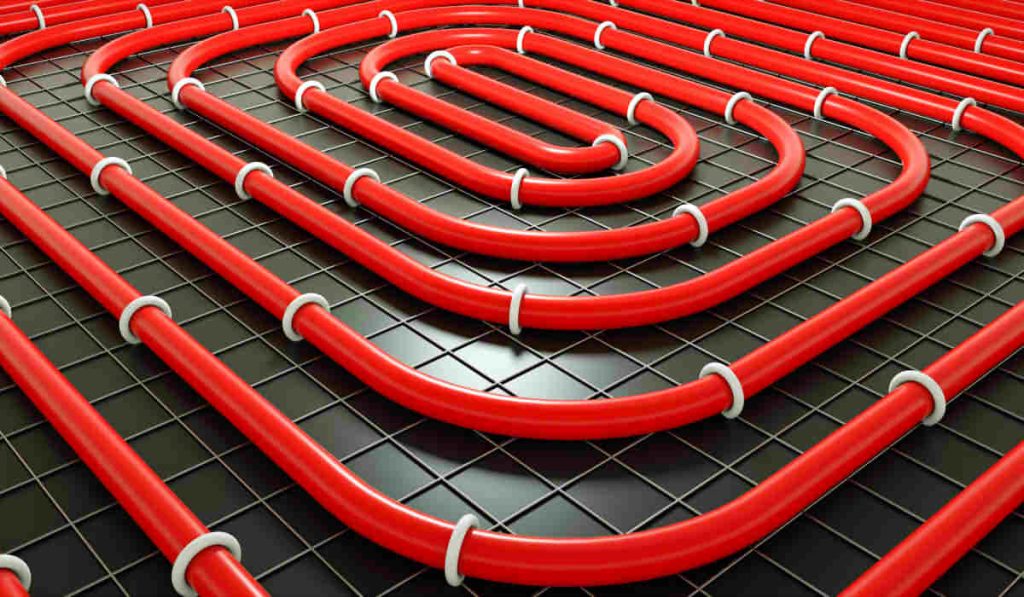
In summary, heating cables can be considered anywhere heat is needed. Nevertheless, in real projects, due to objective limitations, other types of heating can be used, like residual heat, vapor, Hot water, among others. Choosing the most reasonable and economical option according to the current situation is the best solution..
Advantages of Heating Cables
- Efficiency: heating cables take advantage of the 100% electrical energy to generate heat, no losses or emissions.
- Flexibility: heating cables adapt to any shape and size of surface or installation, allowing for custom and modular design.
- Security: heating cables are protected against water, dust and chemicals, avoiding the risk of fire or electrocution.
- Durability: heating cables have a long service life and require no maintenance or cleaning.
Conclusion
Heating cables are an effective solution, flexible, safe and durable to maintain or raise the temperature of fluids, surfaces and facilities in various sectors. There are different types of heating cables and each type has its own characteristics and applications depending on the thermal needs of the project.. ZMS offers a wide range of cables heaters to meet your different needs.

